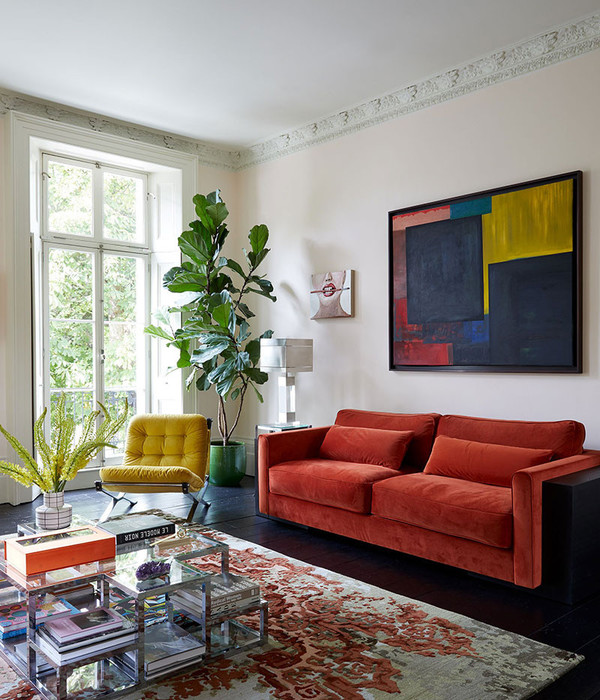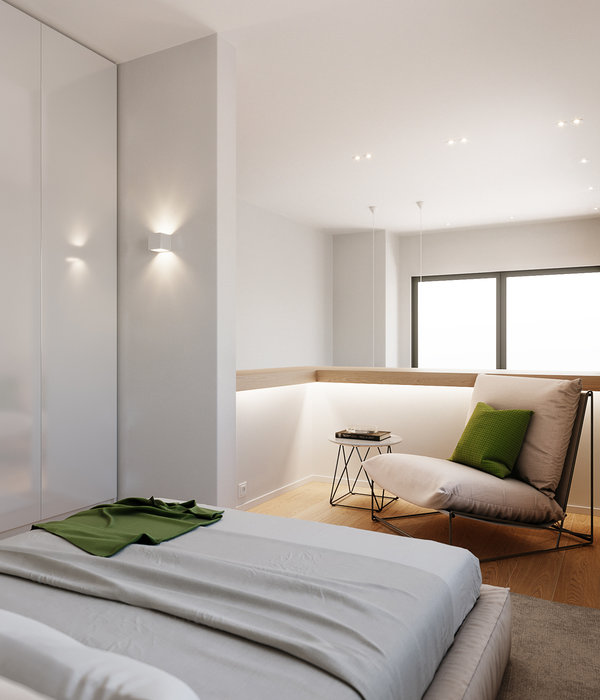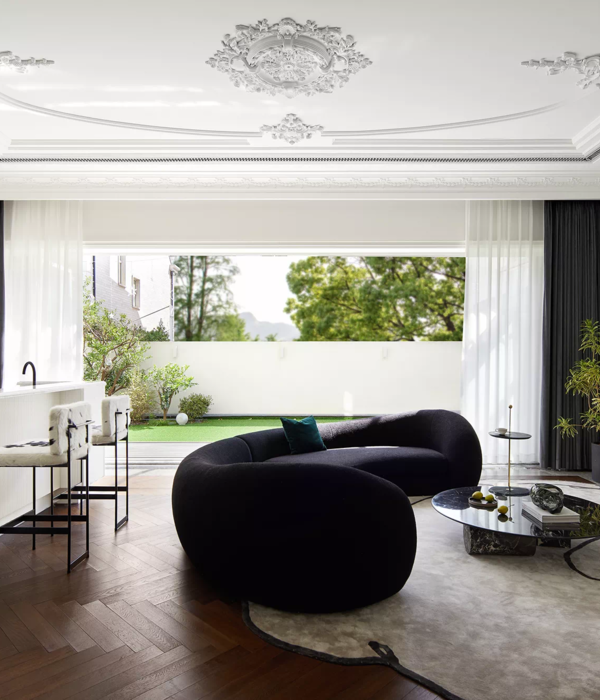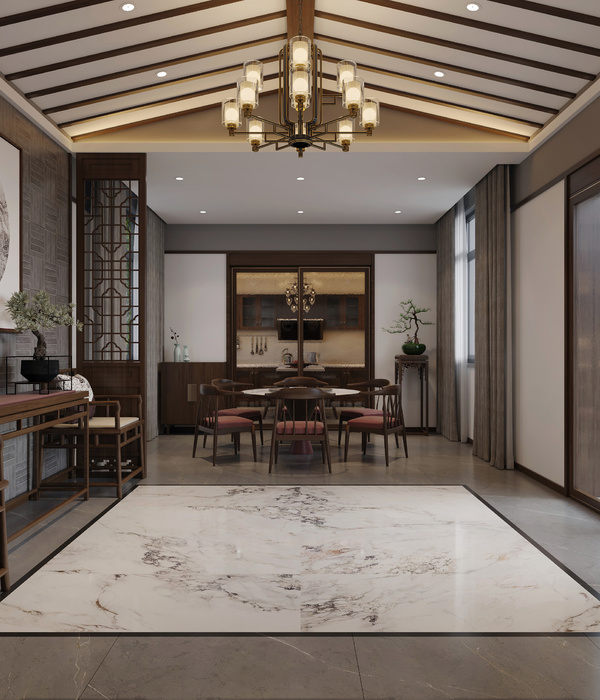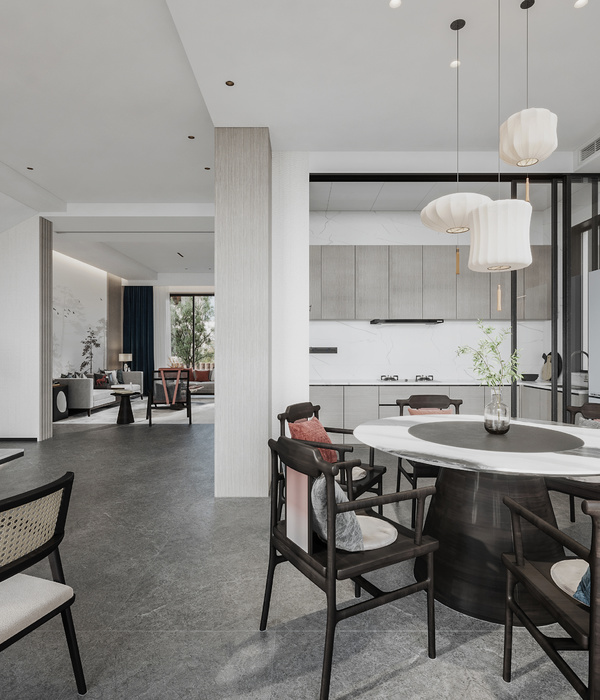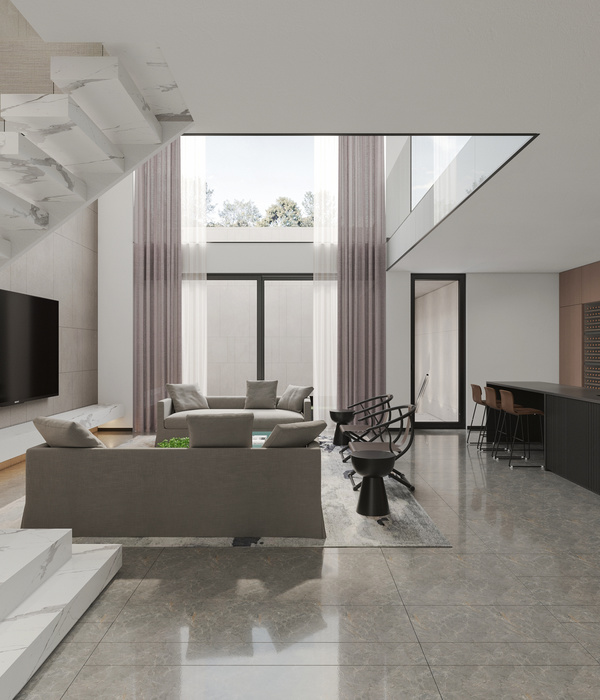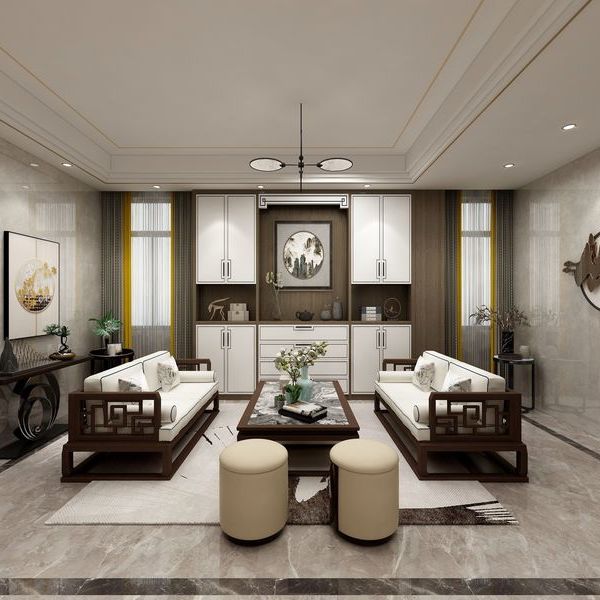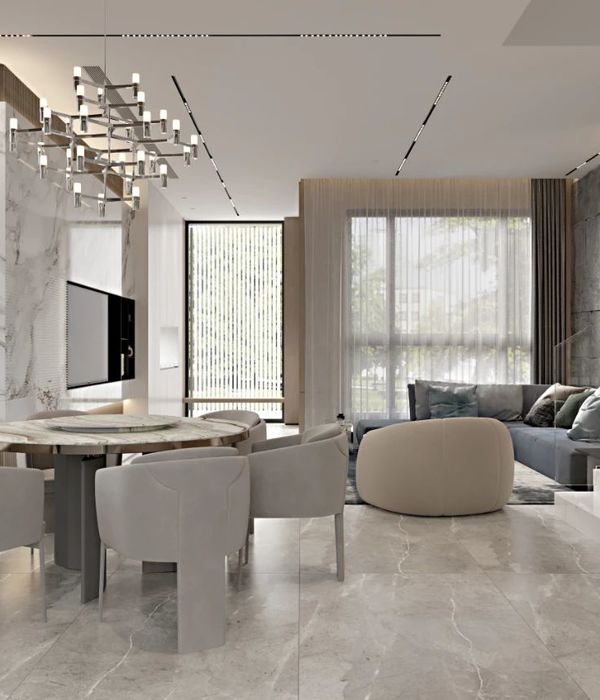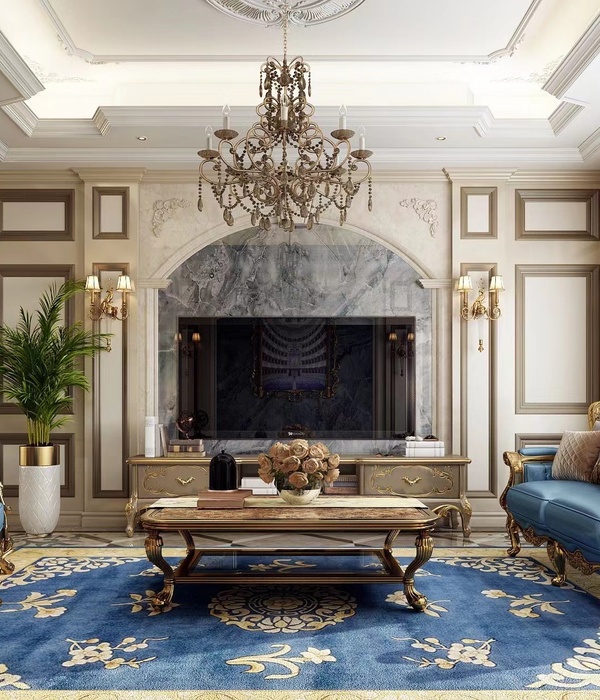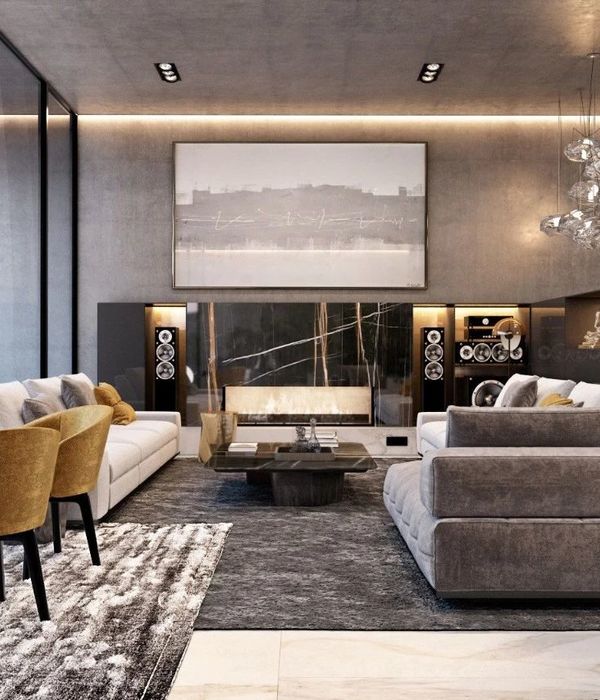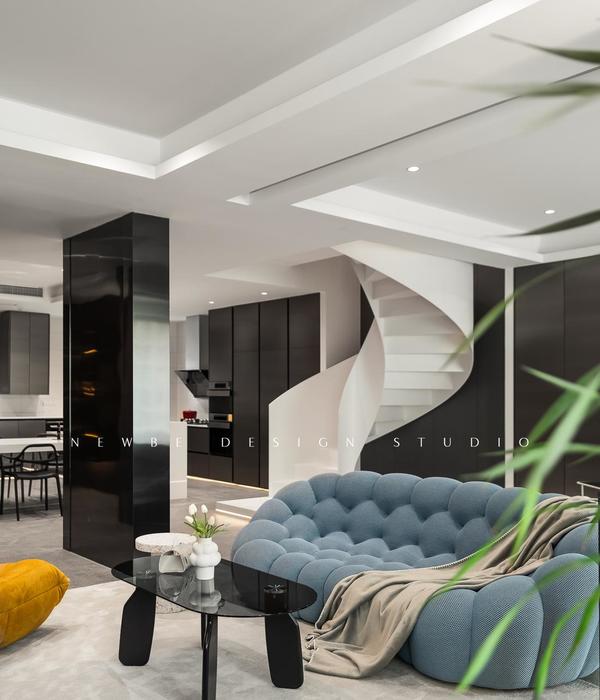© Richard Bryant
理查德·布莱恩特
架构师提供的文本描述。这座私人住宅被认为是可持续设计的典范,也是对中国传统四合院的重新诠释。
Text description provided by the architects. This private residence is conceived as a model of sustainable design and a re-interpretation of a traditional Chinese courtyard house.
© Richard Bryant
理查德·布莱恩特
Underground Level Plan
地下水位规划
© Richard Bryant
理查德·布莱恩特
该设计将不同的规划需求(业主及其大家庭的住宅空间、办公空间和娱乐区)划分为由露天两层中庭连接的独立分支。这些分支可以独立关闭,以节省能源使用时,无人使用。开放的庭院和多个室内/外部房间在这个热带环境中得到了补充,它将房子与周围的土地融为一体。
The design divides different programmatic requirements (residential spaces for the owners and their extended family, office spaces, and entertaining areas) into separate branches connected by an open-air two-story atrium. These branches can be shut down independently in order to conserve energy use when unoccupied. The open-ended courtyards and multiple interior/exterior rooms are complemented in this tropical setting by lush landscaping that integrates the house with the surrounding land.
© Richard Bryant
理查德·布莱恩特
Upper Level Plan
高层规划
© Richard Bryant
理查德·布莱恩特
建筑物的聚集和开窗被组织,以尽量减少太阳热量的增加。该设计还利用了绿色屋顶和生活墙,提供了显着的蒸发冷却和雨水收集系统,以提供水的特点。轻型水井从屋顶编织到地下室,为室内带来自然光,减少白天人工照明的需求。一个小花园提供足够的蔬菜和草药供居民食用。
The building’s massing and fenestration are organized to minimize solar heat gain. The design also makes use of green roofs and living walls that provide significant evaporative cooling plus a rainwater harvesting system that supplies the water features. Light wells weave from the roof to the basement to bring natural light to the interiors and reduce the need for artificial lighting during the day. A small garden supplies enough vegetables and herbs to feed the residents.
© Richard Bryant
理查德·布莱恩特
Architects Tsao & McKown Architects
Location Singapore
Category Houses
Architect in Charge Tsao & McKown Architects
Area 989.93 sqm
Project Year 2015
Photographs Richard Bryant
{{item.text_origin}}

